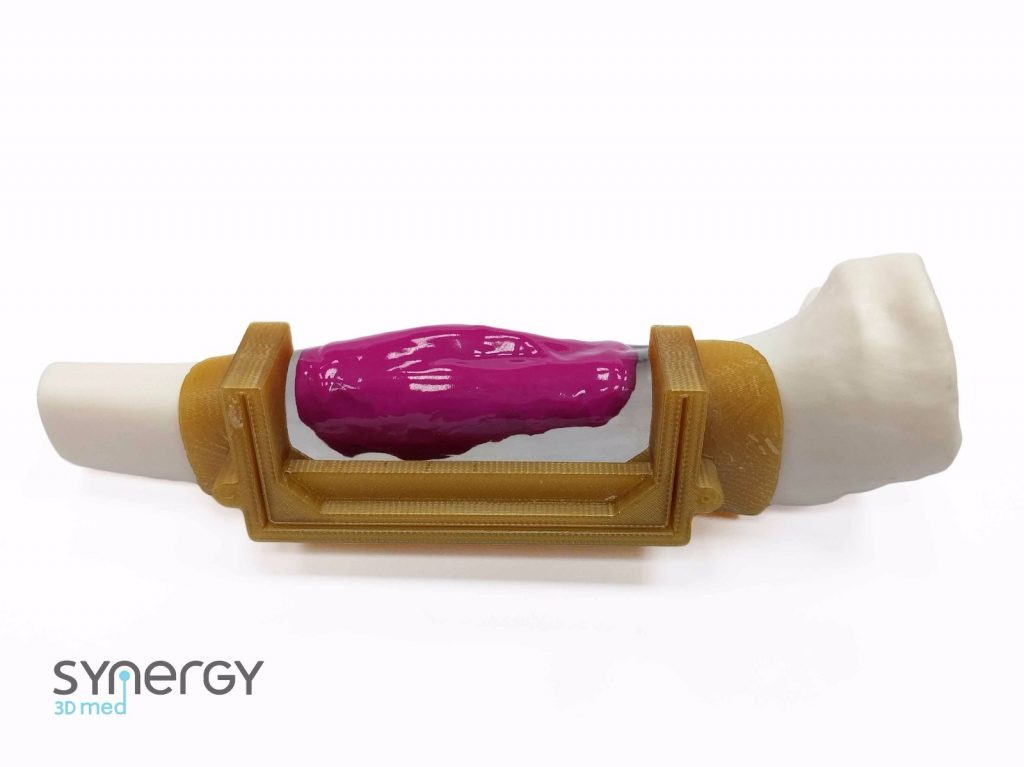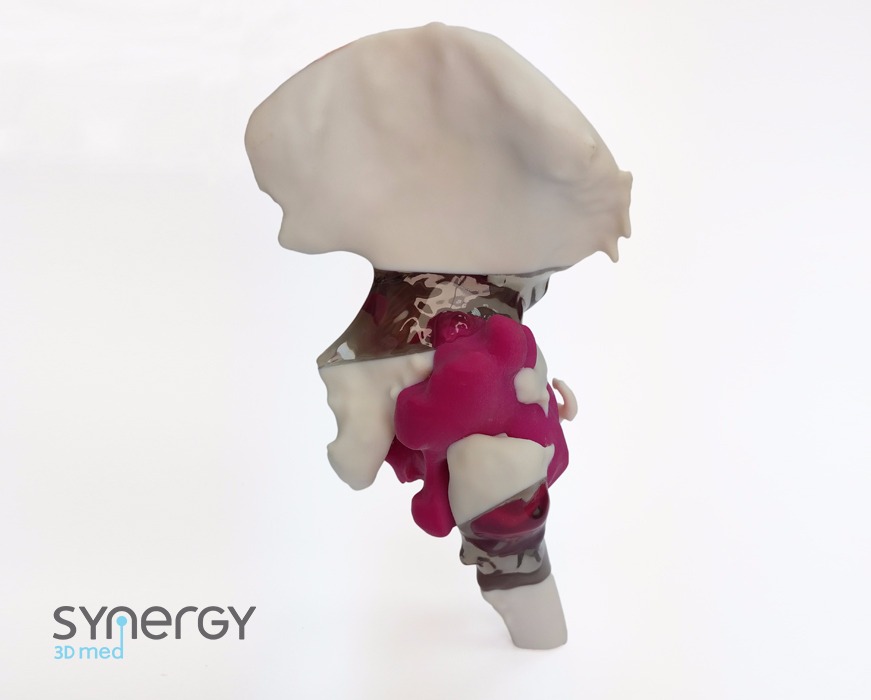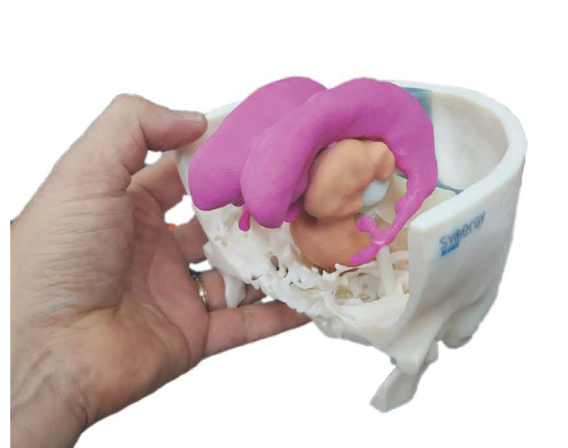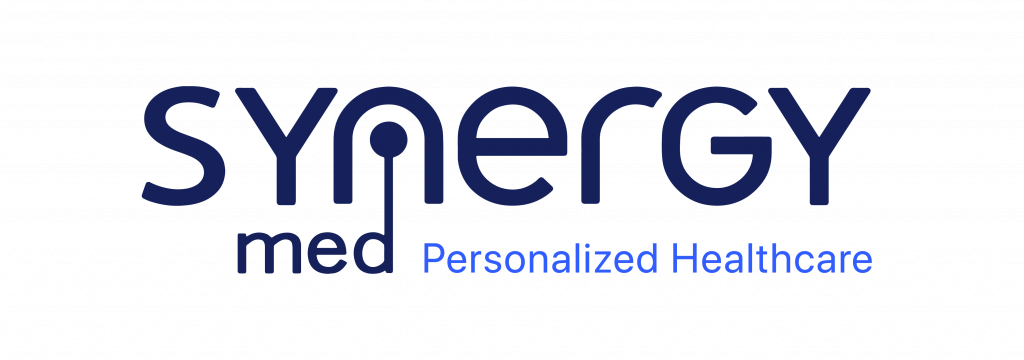Anatomical Model
Accurate & Functional Medical Models
Anatomical modeling represents a revolutionary advancement in the realm of medical 3D printing. It harnesses cutting-edge technology to meticulously recreate patient-specific anatomical structures with remarkable precision and detail.
These intricate 3D models serve as invaluable tools for medical professionals, providing them with an in-depth understanding of a patient’s unique anatomy. Whether it’s for surgical planning, medical education, or the development of customized implants and prosthetics, anatomical models offer a tangible and immersive way to explore the intricacies of the human body
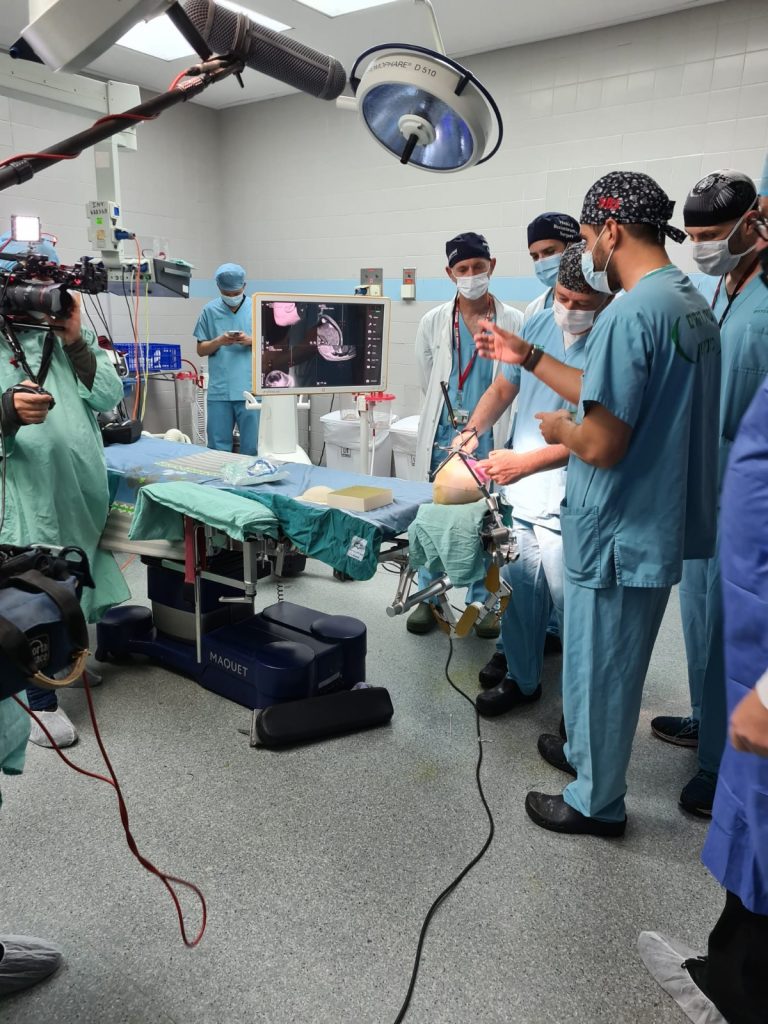
Ichilov Hospital: Tel Aviv Sourasky Medical Center
How is anatomical modeling used in the medical field?
Anatomical modeling has a wide range of applications in medicine. It is used for surgical planning, medical education, patient communication, and the development of customized medical devices such as implants and prosthetics. Surgeons rely on these models to better understand the complexities of a patient’s anatomy before entering the operating room.
What are the benefits of anatomical modeling for professionals?
Anatomical modeling offers several key benefits. It allows healthcare professionals to visualize and analyze patient-specific anatomy in 3D, improving surgical precision and reducing the risk of complications. Additionally, it enhances medical education by providing hands-on learning experiences for students and residents.
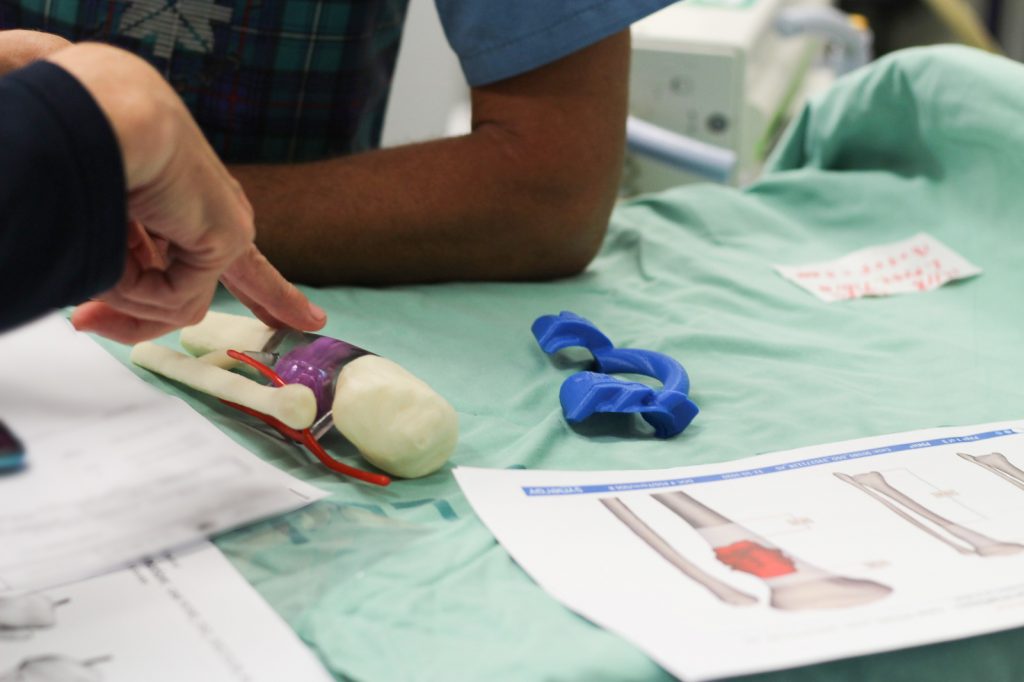
Ichilov Hospital: Tel Aviv Sourasky Medical Center
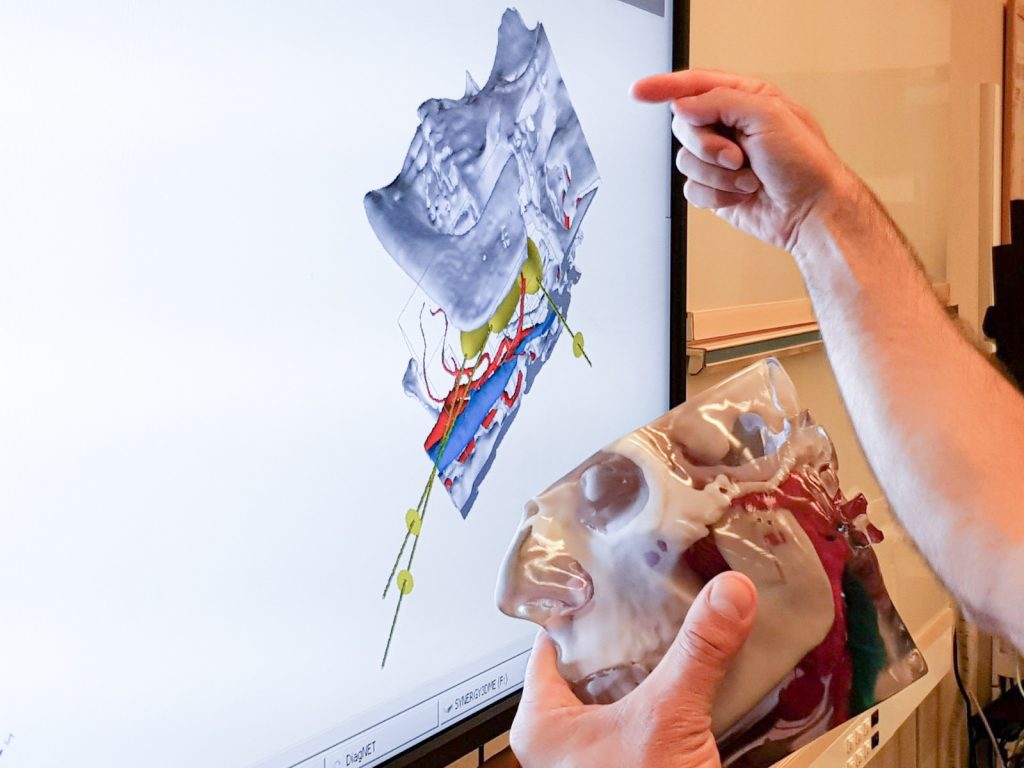
Ichilov Hospital: Tel Aviv Sourasky Medical Center
How does anatomical modeling improve patient outcomes?
By using anatomical models, surgeons can create detailed pre-operative plans, which can lead to shorter surgery times, reduced post-operative pain, and faster recovery for patients. The ability to customize implants and prosthetics based on precise anatomical data also results in better-fitting and more functional medical devices.
What technology is involved in creating anatomical models?
Anatomical models are typically created using medical imaging data, such as CT scans or MRIs(segmentation). Advanced software and 3D printing technology are used to convert this data into physical, patient-specific models with incredible accuracy.
